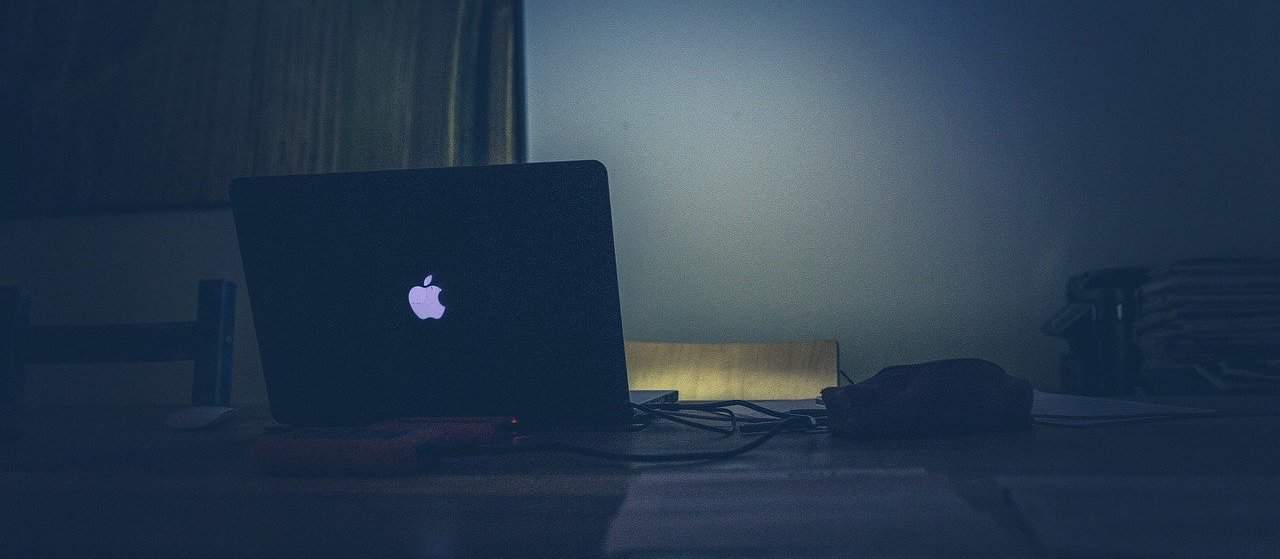
When the pandemic first began, we saw COVID-19 bring many changes into our lives. Now, we are watching as some of these changes transition into what can only be termed as the ‘new normal’. One such change that has been particularly transformational has been the mass transition of the workforce from office desk jobs to ‘working from home’. As with other COVID-19 endeavors, there has been a massive push to utilize the strength of technology to help ease this transition to remote working. As a result, we have seen a recent rise in the use of surveillance technology that is, systems put in place to enable employers to track and monitor from afar the activity of their employees during the workday.
Productivity Scores and the Potential for Bias
One of many features that can be found in surveillance systems is the ability to issue a productivity score for employees. What this essentially does is monitor various actions of an employee’s computer usage, such as active screen time, keyboard strokes, and websites visited, and then assigns a productivity score in relation to the markers. For example, an employee who spends nine hours actively on the screen, types seven hundred words an hour, and does not visit social media sites would likely be given a high productivity score for the day. This feature is beneficial to the employer, as it helps monitor whether or not the employee is working when they are expected to. However, what does a productivity score mean for the employee?
Simply put, a productivity score introduces risk for unwanted bias into the surveillance system. As different roles require different methods of working, and different people accomplish tasks through different means, using an overarching definition of productivity can result in biased scores against an employee. For example, if productivity is defined as the amount of time spent typing on the keyboard, and an employee spends three hours typing, they would receive a high score. However, what is not seen is that the employee spent three hours rewriting the same paragraph of an article, so in reality was not productive in completing the task of writing the article. On the other hand, if productivity is defined as time spent actively on the screen, and an employee only spends five hours in total active on the screen in the day, they would receive a low score. What is not seen is that this employee is a single mother who must take time away from the screen to tend to her children, but is still able to complete the required amount of tasks for the day. The important question to ask here is, who’s definition of productivity are employees being monitored by? Does this definition allow for extraneous cases and different modes of working, or are employees being forced to work in accordance to a biased system?
Furthermore, it is important to consider that even if productivity can be properly monitored, is it something that we should be doing in the first place? According to recent studies, productivity scores actually lead towards increased stress in employees. This is due to the fact that if an employee does not have agency over how their productivity is measured, then the employee is being forced to adapt to a metric that may very well be impossible for them to fulfill, resulting in high stress situations.
Mission Creep and the Breakdown of Transparency
Another issue to consider from the perspective of the employee is that of mission creep, especially in terms of the transparency of the system. Mission creep occurs when the original objective of a system slowly broadens overtime. What this means in terms of surveillance tech is that a system could be deployed to simply track screen time at first, but over time have more features added until the point where every keystroke and mouse click are being monitored in a highly invasive manner.
This potential for mission creep creates a situation in which transparency between an employer and an employee breaks down. An employer may deploy the system with every wish to be transparent with their employee, and so explains that the system will only be tracking screen time. However, as more features are added, and the system’s software is already installed on the employee’s computer, the employer has no legal requirement to inform the employee of changes to the system. This means that employees could be entirely unaware of the extent to which they are being monitored by surveillance technology if the employer decides not to be transparent in their usage of the system. This again creates a situation of high stress for the employee, as they are aware of the tracking but do not know to what extent they are being tracked.
Power Imbalance and the Erosion of Trust
Finally, it is important to remember that surveillance technology is created with employers as the end beneficiaries in mind. What this means is that the impact the technology will have on the employers has been taken into account during the development of the system, but it does not necessarily imply that the impact on the employee has been given the same consideration. If the main objective of the technology is to benefit employers, then there is not much of an incentive to understand the effects the technology has on the employee unless the employer sees that as a benefit to themselves. What this does is create a severe power imbalance tipped in favor of the employer at the cost to the employee. While the employer has complete control over what kind of monitoring will benefit them, employees have no say over whether or not they want to be monitored and to what extent. Essentially, if the employer decides it is beneficial to monitor screen time, then the employee has no power to push back, as the employee risks losing their job if they refuse to be monitored.
One of the more significant consequences of this power imbalance is the breakdown of trust. It starts with the employer utilizing the system because they do not trust their employees to manage their time working from home productively. Once an employee feels this mistrust, they then lose motivation to go beyond the baseline requirements set in place by the surveillance system and feel as though their work is not valued. Furthermore, surveillance technology can also lead to the employee not trusting the employer due to a lack of transparency in how the employer is monitoring the employee. What results is an overall erosion of trust on both sides.
COVID-19 has already brought a sudden and drastic increase of tension into our everyday lives, not to mention the uncertainty and insecurity into our professional careers. Additionally, there is significant research showing that surveillance technology actually increases employee stress while decreasing motivation, productivity, and trust. Therefore, since COVID-19 seems to have created the perfect conditions in which surveillance technology could thrive by forcing the majority of the workforce to transition into working from home, we must consider what effects this technology has on the mental well-being of the employees it is being deployed on. So, we must ask ourselves: Is surveillance technology really the solution to maintaining productivity amongst employees while working from home?
Written by David Timis, YGC 2020, and Olivia Gambelin.
___
The views and opinions expressed in this article are those of the authors and do not necessarily reflect the views of the Global Solutions Initiative.
Editor’s Note: This article was originally published in Forbes România.
___

David, 2020 Young Global Changer, is curating the Brussels Shapers, which is part of the Global Shapers Community, a network of inspiring young people working together to address local, regional and global challenges.

Olivia, is an AI Ethicist focused on human-centric innovation in technology and the founder of Ethical Intelligence, an AI Ethics advisory firm and is a member of the extended circle community of the Young Global Changers program.
